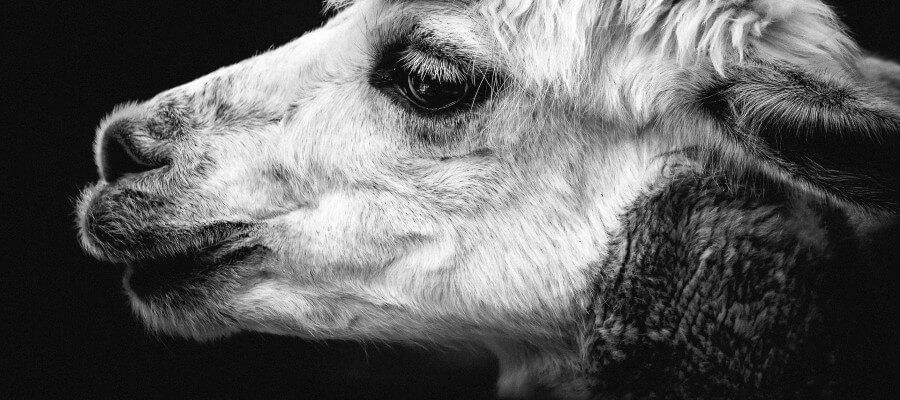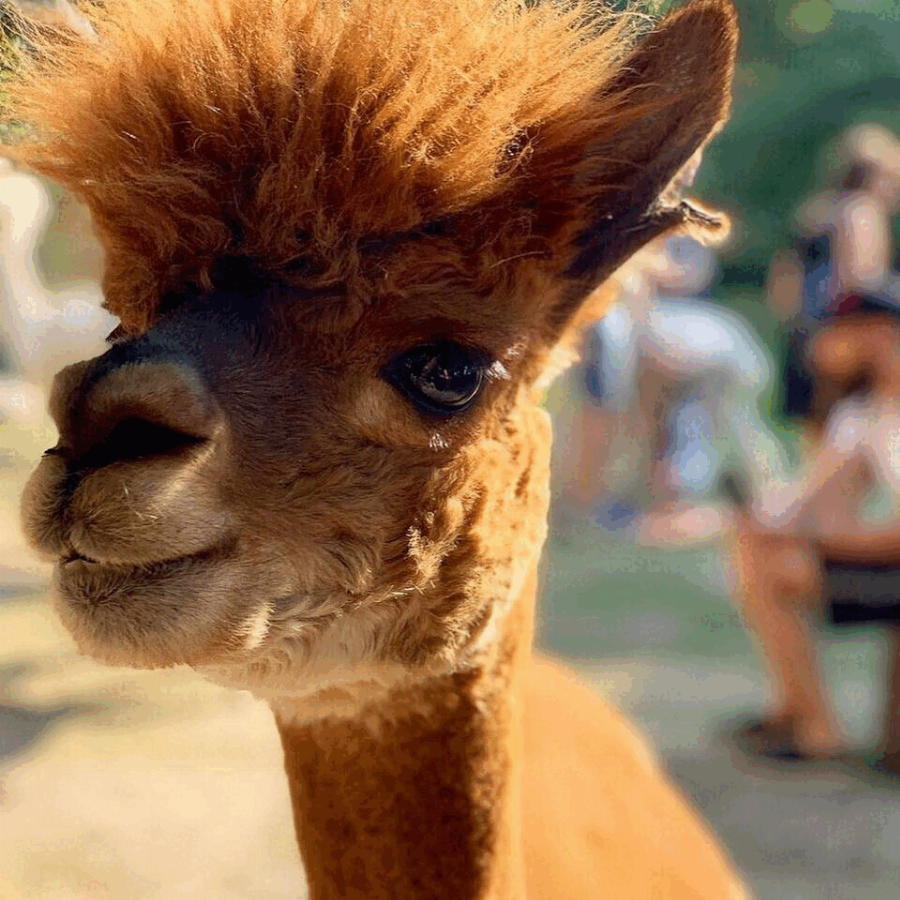The average lifespan of an alpaca is a common question for those considering welcoming these charming creatures into their lives. So, just how long do these fluffy companions stick around? Generally, alpacas live for 15-20 years, a good long while to enjoy their gentle presence and luxurious fleece. But like any living being, several factors influence their longevity, from genetics and environment to the quality of care they receive. Let’s delve deeper into the fascinating world of alpacas and explore the elements that contribute to a long and happy life for these endearing animals.
Origin and Significance of Alpacas
Where do these captivating creatures come from, and why are they so special? Alpacas originate from the Andes Mountains of South America, specifically Peru, Bolivia, and Chile. They’ve been domesticated for thousands of years, prized for their incredibly soft and warm fleece. Historically, alpacas played a vital role in the Incan civilization, their fiber used for clothing, blankets, and other essential textiles. Today, they continue to be a valuable resource, not only for their luxurious fiber but also as beloved companions and therapy animals.
Types of Alpacas and Their Characteristics
Did you know there are two main types of alpacas? We have the Suri and the Huacaya. Each possesses distinct characteristics, impacting not only their appearance but also the quality and texture of their fleece. Suri alpacas are known for their long, silky, dreadlock-like fiber, giving them a rather elegant appearance. Huacaya alpacas, on the other hand, boast a dense, crimped fleece, creating a fluffy, teddy bear-like look. While both types have a similar average lifespan, their specific needs might vary slightly regarding grooming and overall care.
 Suri Alpaca with Long, Silky Fiber
Suri Alpaca with Long, Silky Fiber
Alpaca Care and Husbandry: How to Maximize Your Alpaca’s Lifespan
How can we ensure these gentle creatures live their fullest lives? Proper alpaca care and husbandry are key to maximizing their lifespan. Providing a nutritious diet, regular veterinary checkups, and a safe, comfortable environment are crucial. Just like us, alpacas thrive on a balanced diet, requiring quality hay, fresh water, and mineral supplements. Regular shearing is also essential, not only for harvesting their precious fleece but also for their comfort, especially during warmer months.
What are the key elements of alpaca nutrition?
A balanced diet is essential for alpaca health and longevity. High-quality hay, supplemented with minerals and vitamins, forms the foundation of their nutritional needs. Fresh, clean water is also vital, ensuring they stay hydrated and healthy.
 Alpaca Eating Hay: A Nutritious Diet
Alpaca Eating Hay: A Nutritious Diet
The Alpaca Industry and Its Products: More Than Just a Fluffy Face
Beyond their adorable faces and gentle nature, alpacas contribute significantly to various industries. Their fleece, renowned for its softness, warmth, and hypoallergenic properties, is highly sought after for creating luxurious garments, blankets, and other textiles. The alpaca industry provides sustainable livelihoods for many communities, promoting ethical and environmentally friendly practices. Have you ever felt the softness of an alpaca scarf? It’s truly an experience!
How is alpaca fleece used in different industries?
Alpaca fleece is a versatile material used in various industries, primarily textiles. Its softness, warmth, and hypoallergenic properties make it ideal for clothing, blankets, and other high-quality products. It’s even used in some high-end insulation materials!
 Alpaca Fleece Products in the Textile Industry
Alpaca Fleece Products in the Textile Industry
Interesting Facts and Myths about Alpacas: Debunking Common Misconceptions
Alpacas are fascinating creatures, often surrounded by intriguing myths and misconceptions. One common myth is that they are difficult to care for. In reality, alpacas are relatively low-maintenance animals, requiring similar care to other livestock. Another interesting fact? Alpacas are incredibly social animals, thriving in herds and forming strong bonds with their companions. They communicate through a series of soft hums, clicks, and body language, creating a harmonious and peaceful environment.
Are alpacas difficult to care for?
Contrary to popular belief, alpacas are relatively low-maintenance animals. Their basic needs include a safe pasture, fresh water, quality hay, and regular shearing. While they require some specialized care, they aren’t as demanding as some might think.
 Alpaca Herd: Social Animals
Alpaca Herd: Social Animals
Frequently Asked Questions
Here are some common questions about alpaca lifespan:
- What is the average lifespan of an alpaca in captivity? Alpacas in captivity typically live between 15-20 years.
- What factors influence an alpaca’s lifespan? Genetics, diet, environment, and veterinary care all play a role.
- Do Suri alpacas live longer than Huacaya alpacas? Both breeds have similar lifspans.
Conclusion
The average lifespan of an alpaca offers ample time to appreciate these remarkable animals. From their fascinating history and unique characteristics to the valuable contributions they make to various industries, alpacas continue to captivate and inspire. By understanding their needs and providing proper care, we can ensure these gentle creatures enjoy long, healthy, and fulfilling lives. So, whether you’re considering welcoming an alpaca into your life or simply admiring them from afar, remember the average lifespan of an alpaca allows for a rewarding and enriching experience. Share your alpaca stories with us! We’d love to hear about your experiences with these amazing animals!